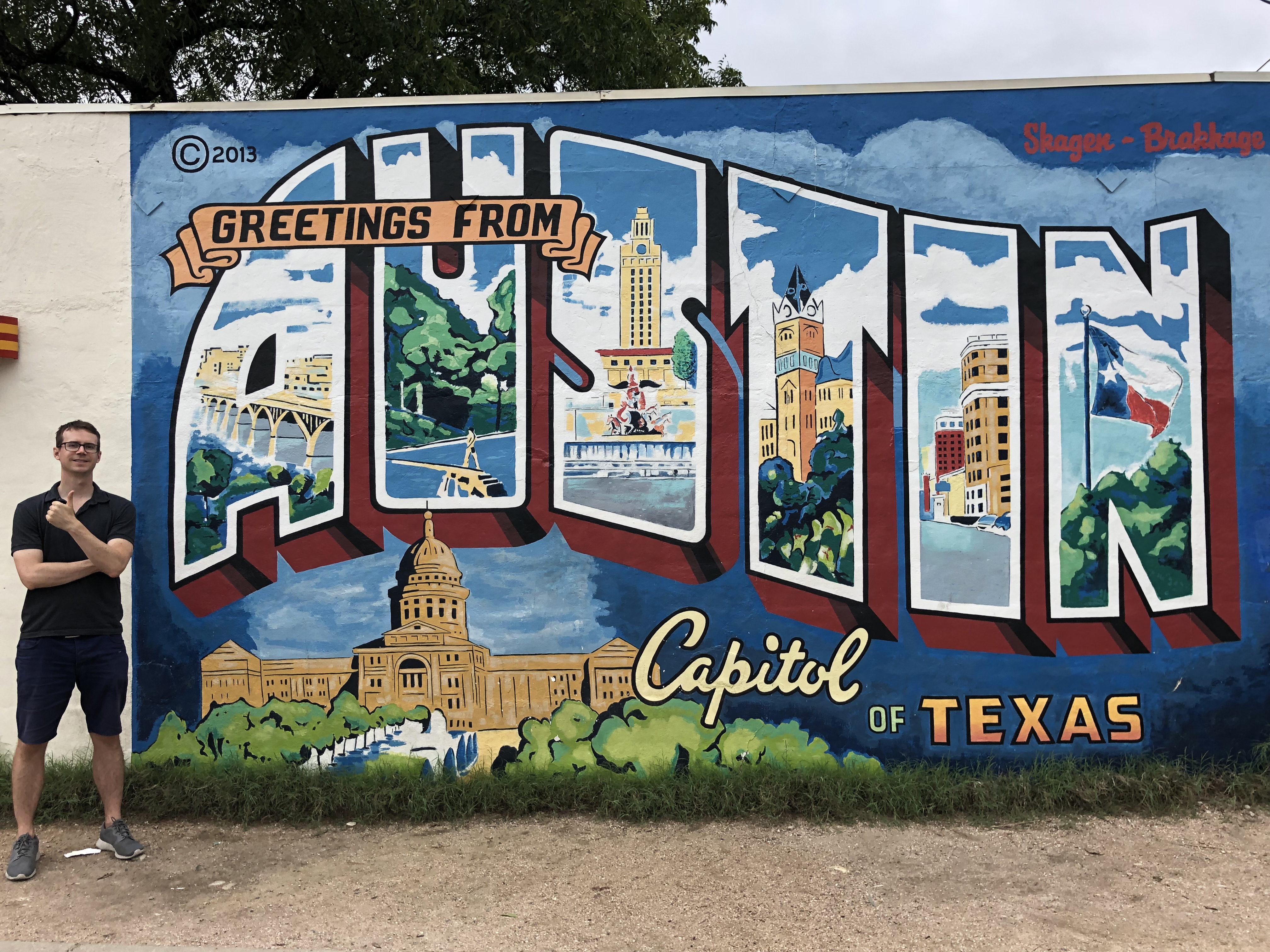The trip from San Antonio to Austin is a mere one hour and twenty minutes – very quick by US roadtripping standards. Thus, we decided to put in two stops on the way.
The first was the small tourist town of Gruene. The town was started by German immigrants in the 1840s. It become a prosperous cotton producing town and a prominent stagecoach stop between San Antonio and Austin. But the double whammy of a beetle blight and the great depression left it a shadow of its former self – by the 1950s it became a ghost town.
Since the 1970s, the town has experienced a rebirth as a tourist destination. Old buildings were repaired, newer ones rebuilt in tribute. Tourists flow into the “Gruene Historic District” to experience “Old Texas”. It’s a really cool place to wander around.
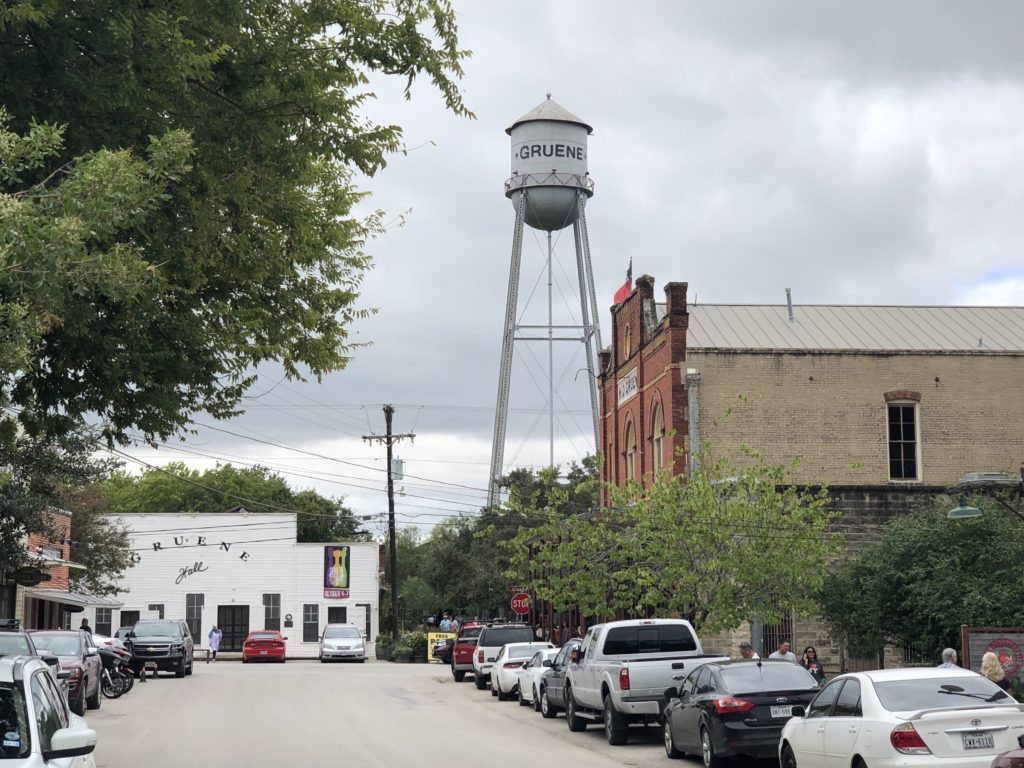
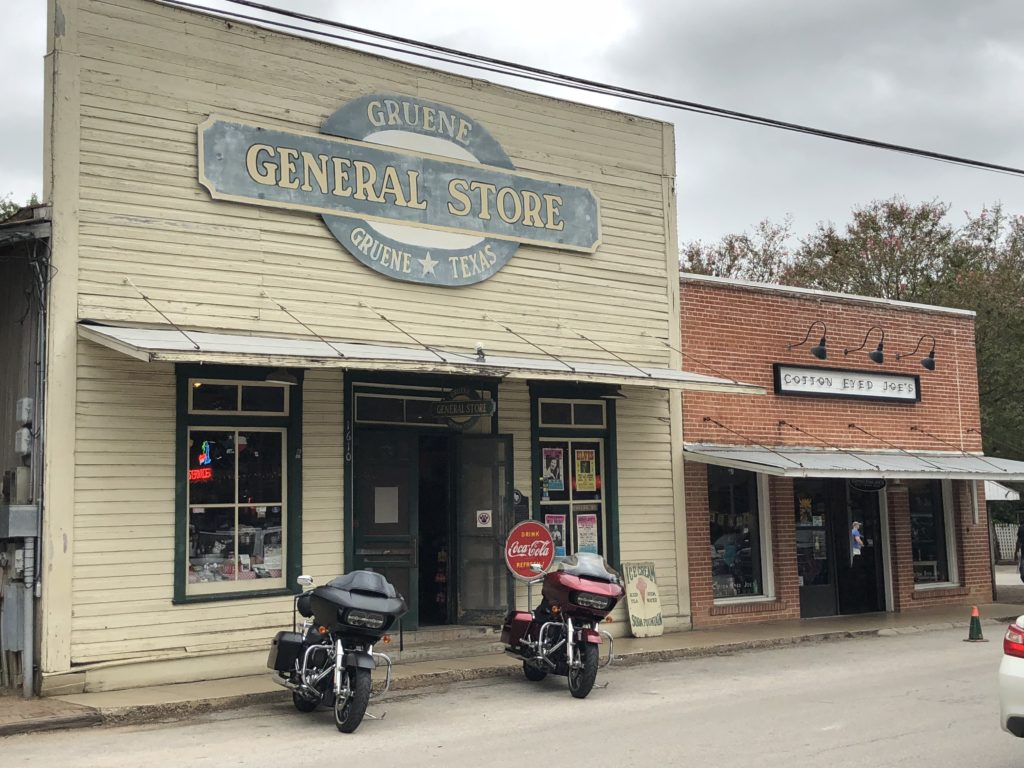
A key attraction is Gruene Hall. Built by H.D. Gruene, the second son of the town’s founder, in 1878, Gruene Hall is one of the oldest dance halls in the state. All the big name Texas musicians have played the 550 square-metre hall at some point, and it has become an iconic music venue.
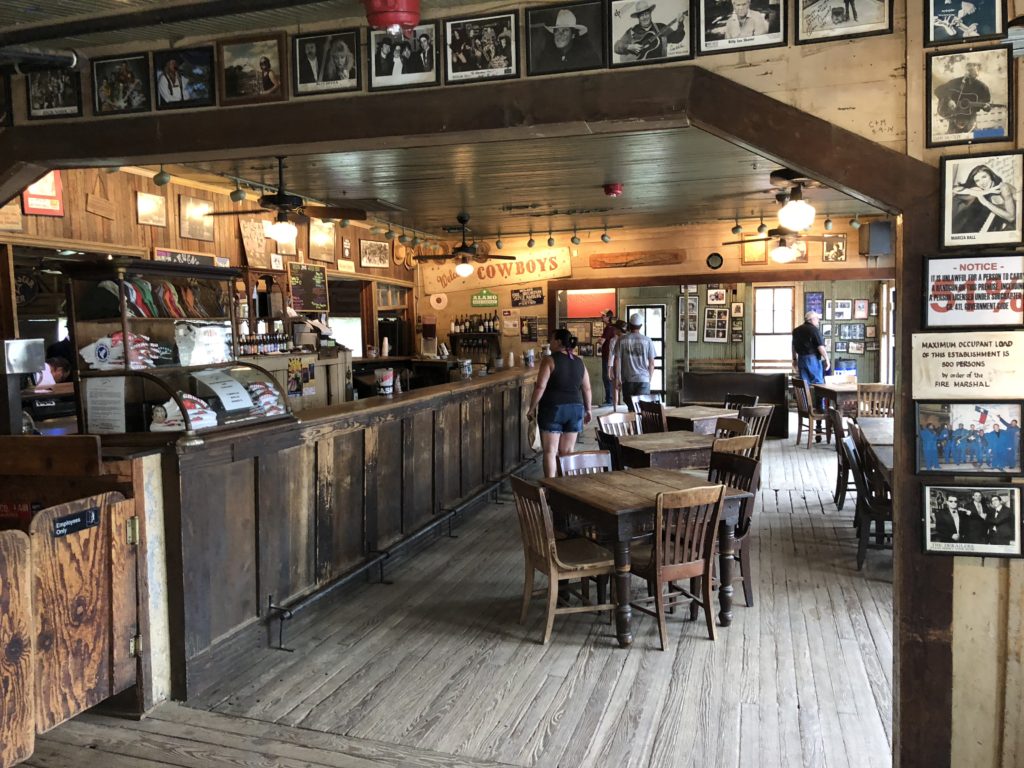
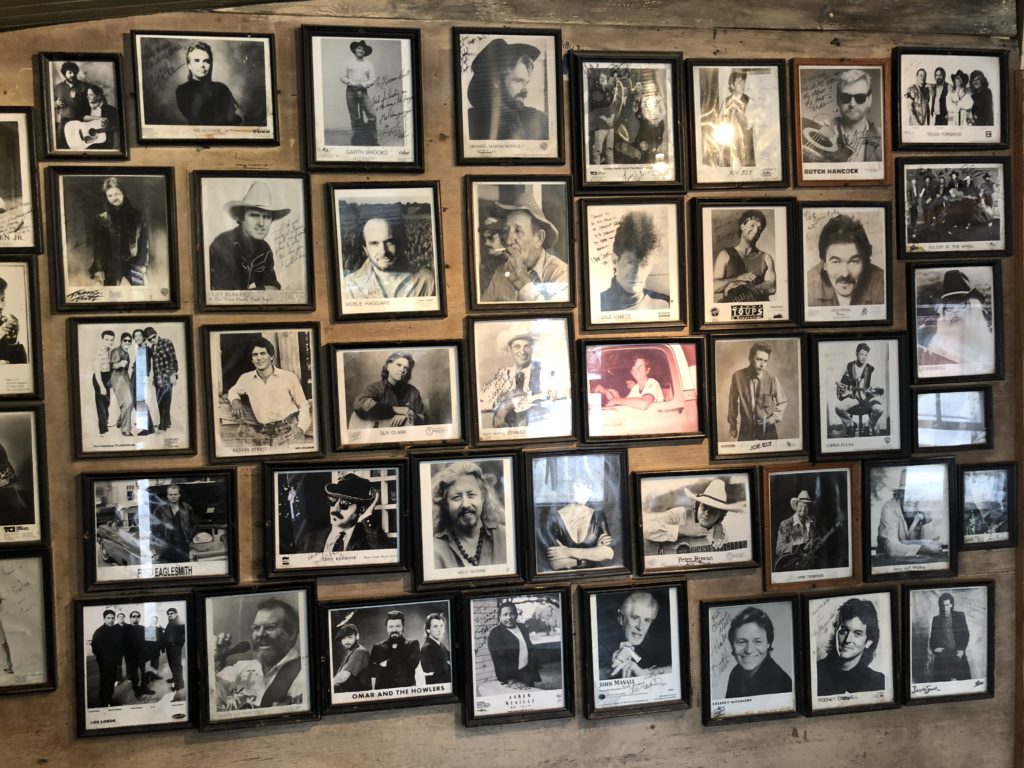
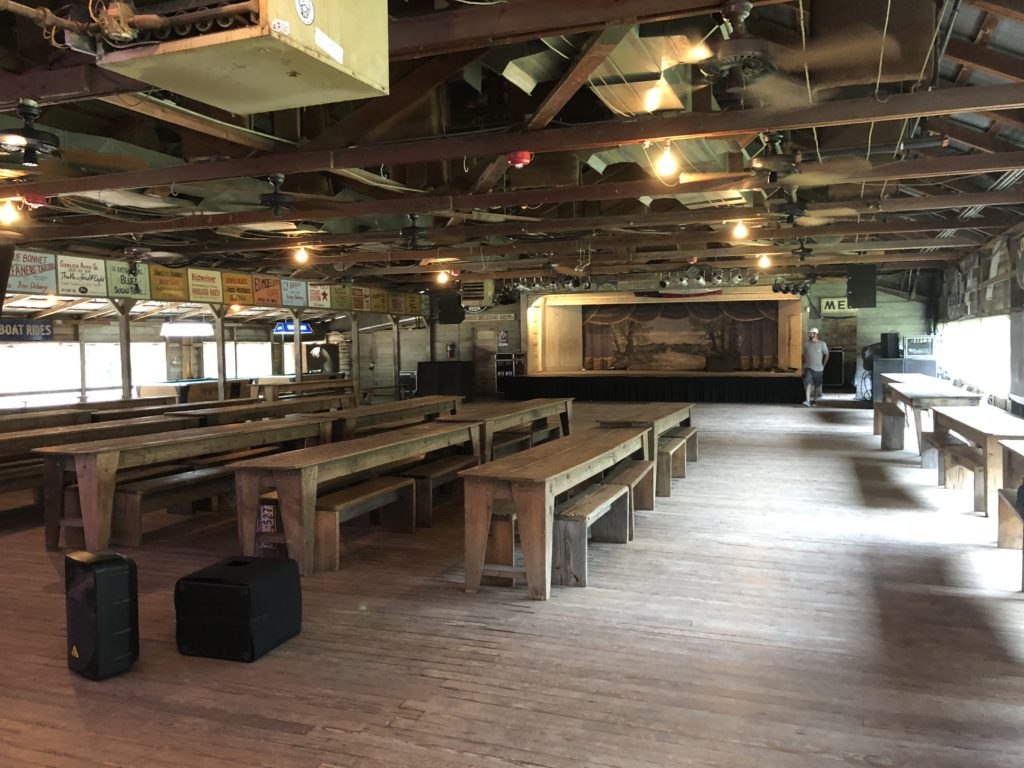
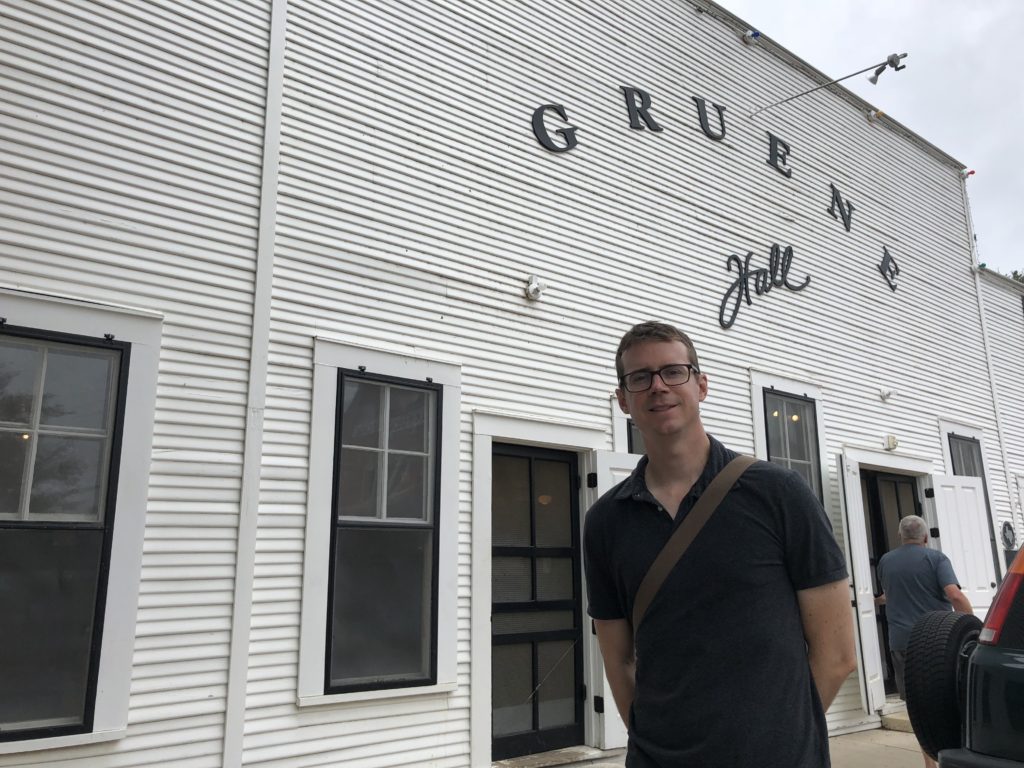
Our second stop on route to Austin was the San Marcos Premium Outlets. Outlet malls are huge shopping centres usually situated way outside of the city where major brands sell their wares on the cheap. It’s another classic American experience. This one is particularly large. With about 350 stores, this outlet (its actually made up of two adjacent ones) is one of the biggest tourist attractions in the state. It’s not exactly a pretty sight, but its an experience. We followed this up with another taste of Americana – Taco Bell.
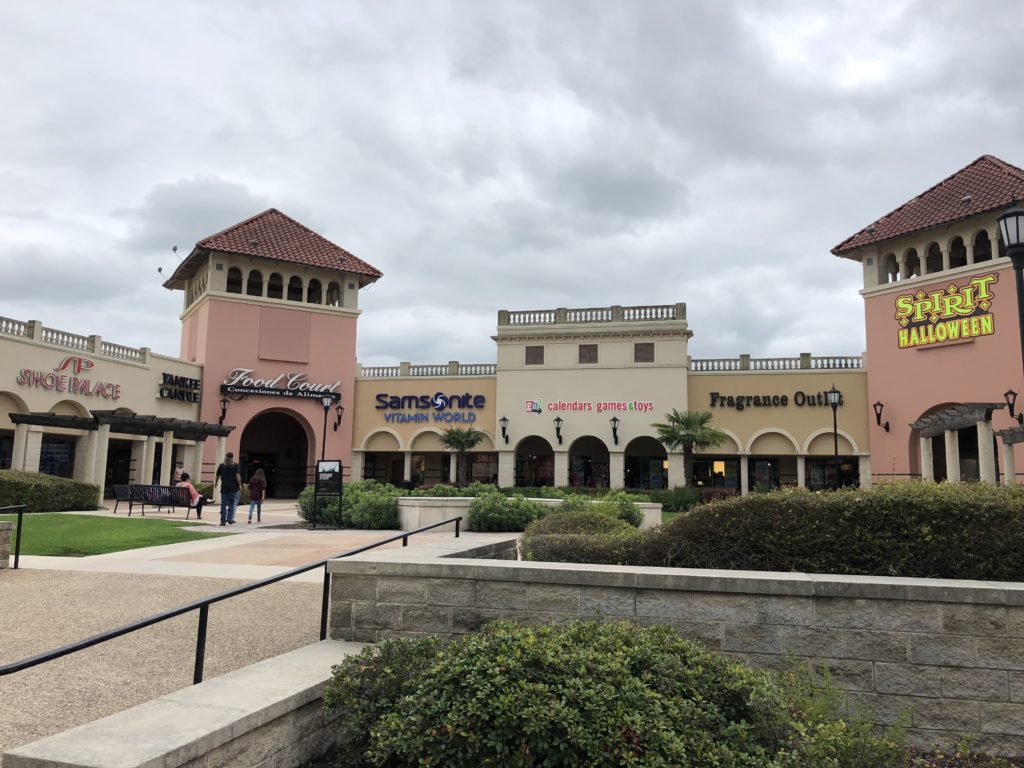
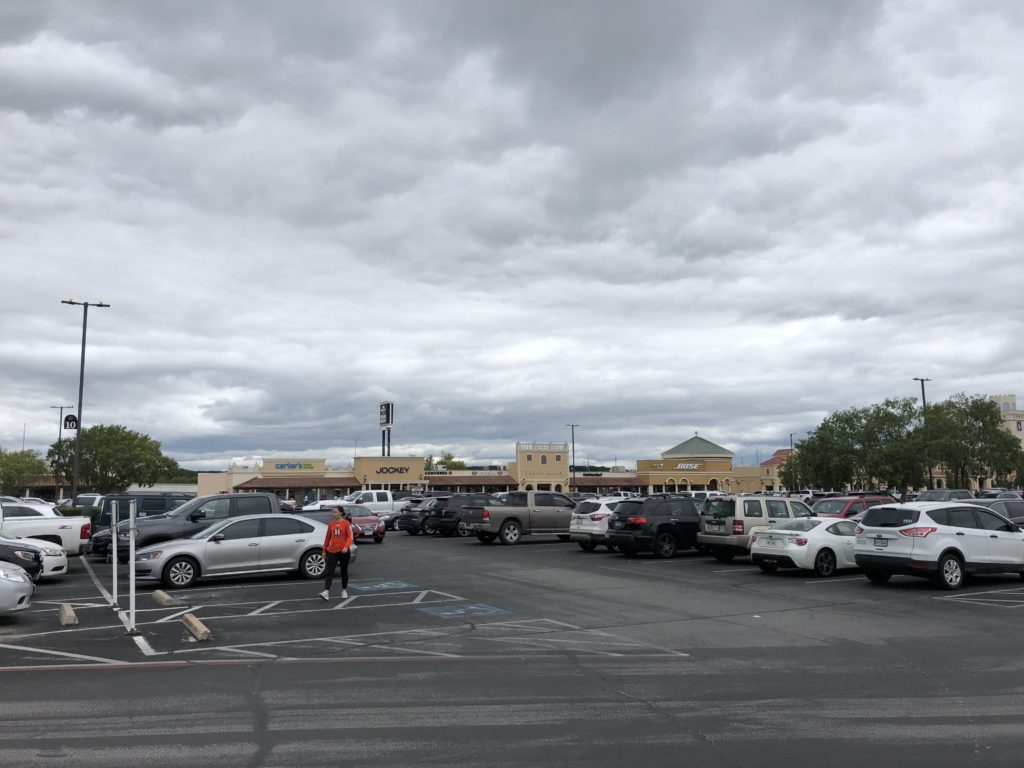
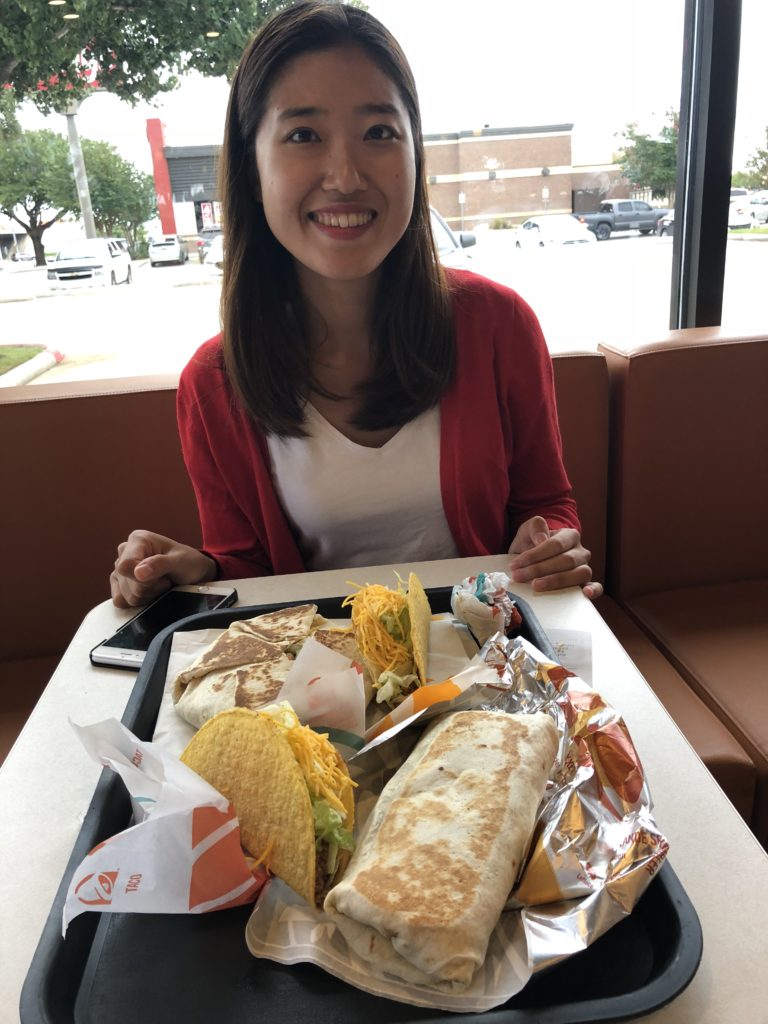
Stephen Austin was an interesting chap. In the mid-1820s, he received a grant from the newly independent Mexico to bring 300 American families (“The Old Three Hundred”) to settle in the vast, sparsely populated Mexican state of Tejas. A real rough-and-tumble pioneer, the guy did this a few times, later earning the nickname: “The Father of Texas”. He helped introduce slavery to the state and he led actions against local tribes. As Texan dissatisfaction with the Mexican government grew, he advocated for calm negotiation. In an early push for independence, Austin actually sided and fought alongside the Mexican government. However, when this boiled over into the Texas Revolution in the mid-1830s, he presented various proposals from the Texan side to the Mexican government. This briefly landed him in jail. A year later, he would lead Texan troops against Mexico in the first phase of the war for independence. He then served as commissioner to the US and as the state’s secretary of state in his last months. Not long after his death, the newly independent Texas elected to found a new capital on the north bank of the Colorado River to be named in his honour. The city of Austin was seeded.
Fast forward 180 years, and Ella and I were hurtling along the I-35 into the bustling Texan capital, home to over two million people. Here is a view of the downtown district from a park on the south bank of the Colorado River.
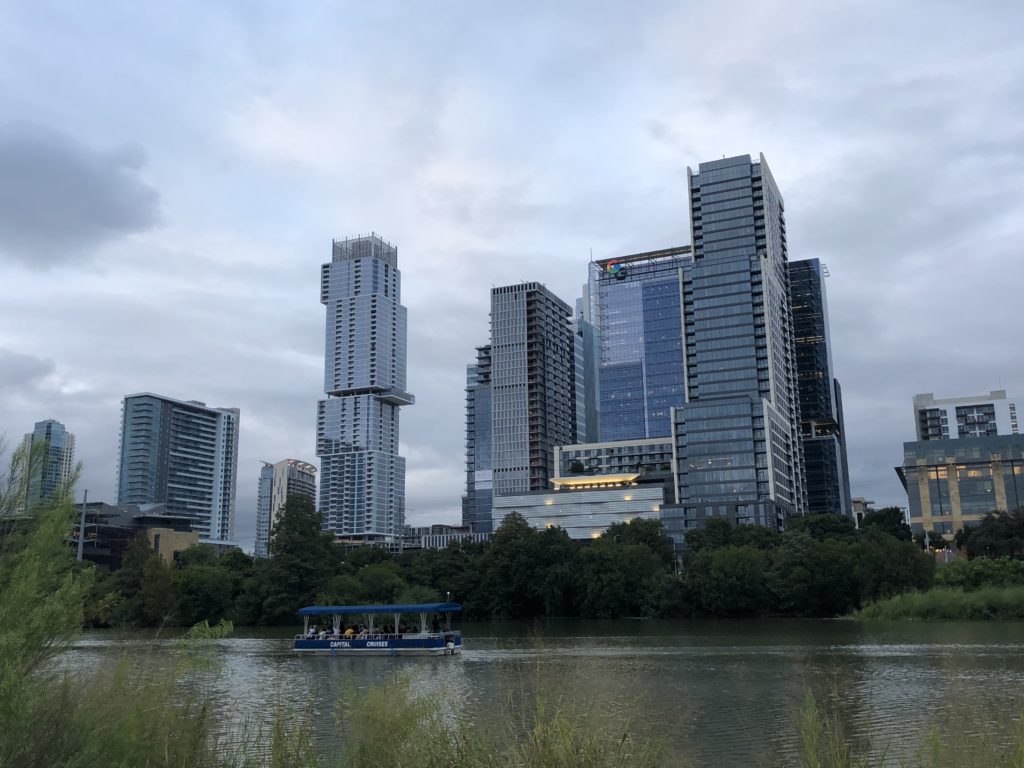
Austin is many things – one of the “cities of the future”, one of the safest major cities in the country, the “greenest city in America”, a place for musicians, university students, blue collar workers, tech entrepreneurs, and its share of eccentrics. The cities unofficial motto, to “Keep Austin Weird”, sums things up quite nicely.
The city’s official slogan is the “Live Music Capital of the World”. A wide range of big names sprang out of the city’s music scene – Janis Joplin, Explosions in the Sky, Eric Johnson, and the legendary maestro Stevie Ray Vaughan, to name a few.
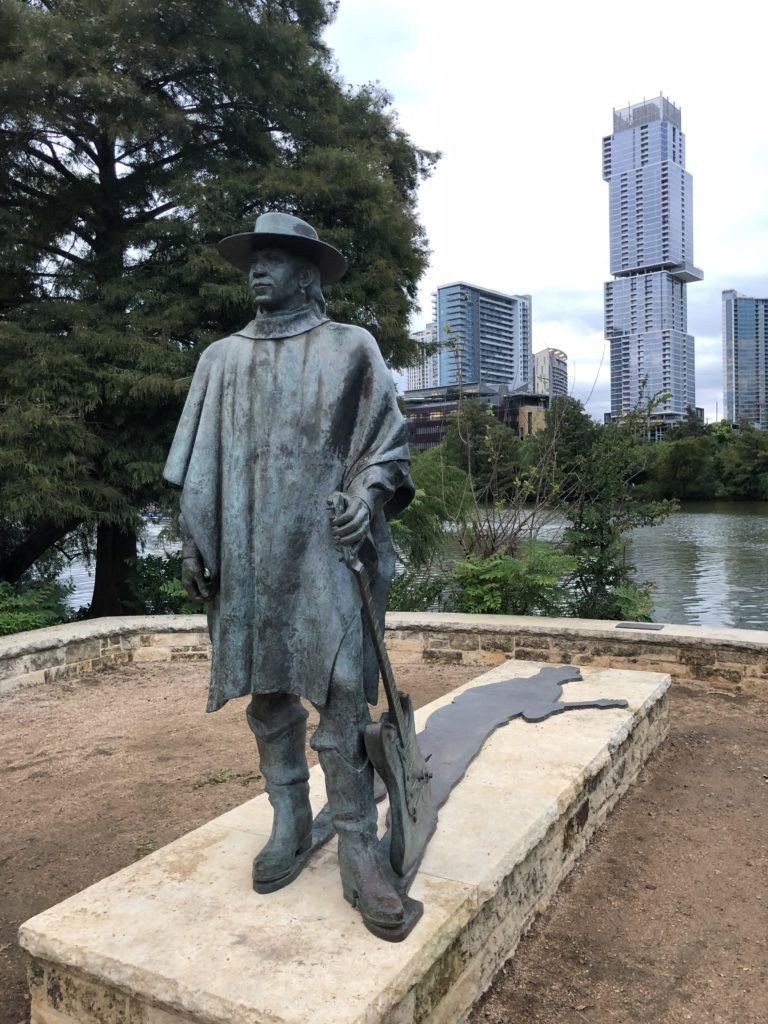
We sampled some of the local live music at “The Hole in the Wall” near the university. It was as advertised. The kids could play.
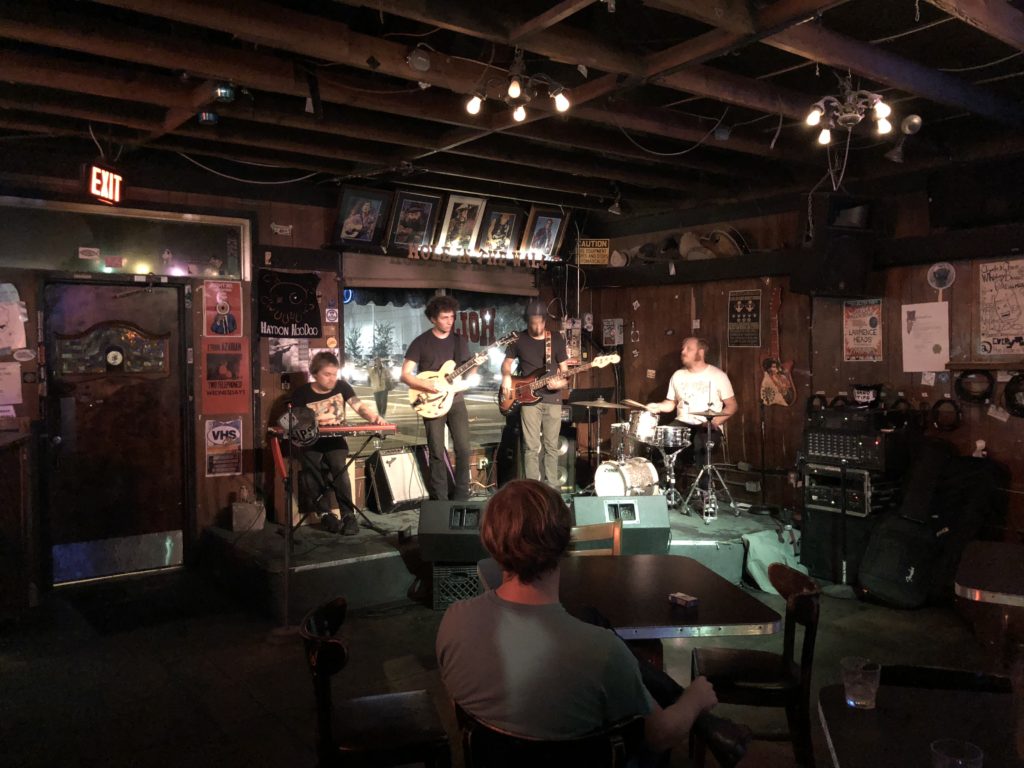
Austin is home to the Texas Capitol building. The “Sunset Red” granite monolith dates back to 1888 (after the first incarnation went up in flames), complete with a 5,000kg cornerstone, a copper roof, and a zinc statue of the Goddess of Liberty on top of the dome.
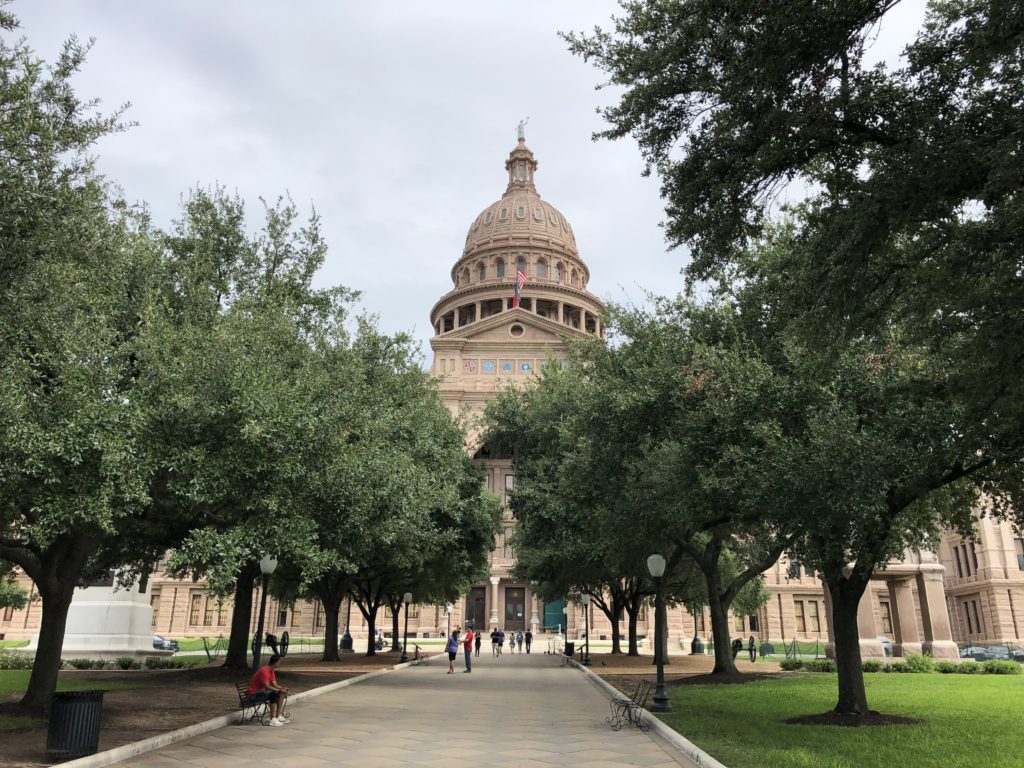
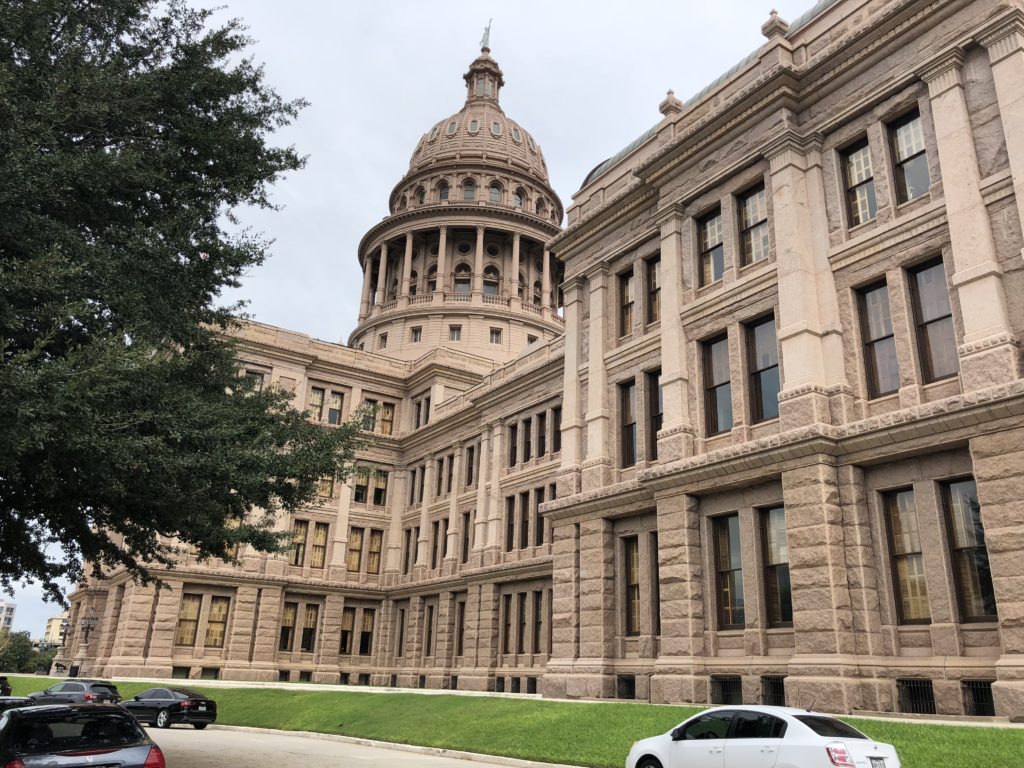
Inside, we took a self-guided tour of the building’s various halls and chambers. In the rotunda below the dome, the terrazzo floor is emblazoned with the six seals of the countries whose flags have flown over Texas – Spain, France (briefly), Mexico, the independent Republic of Texas (central seal), the Confederacy, and the United States.
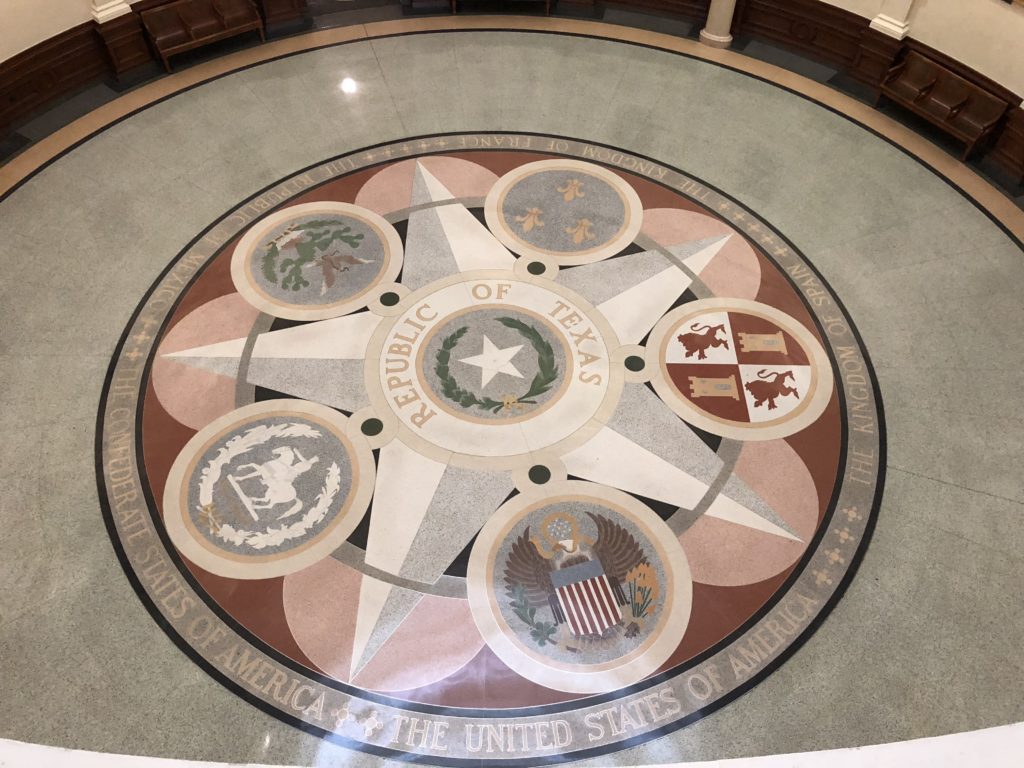
Texas’s state legislature is bicameral – both the state’s Senate and House of Representatives are housed in the Capitol. The 150-member House chamber is shown below, the largest room in the Capitol. The state’s legislative sessions last for 140 days every other year.
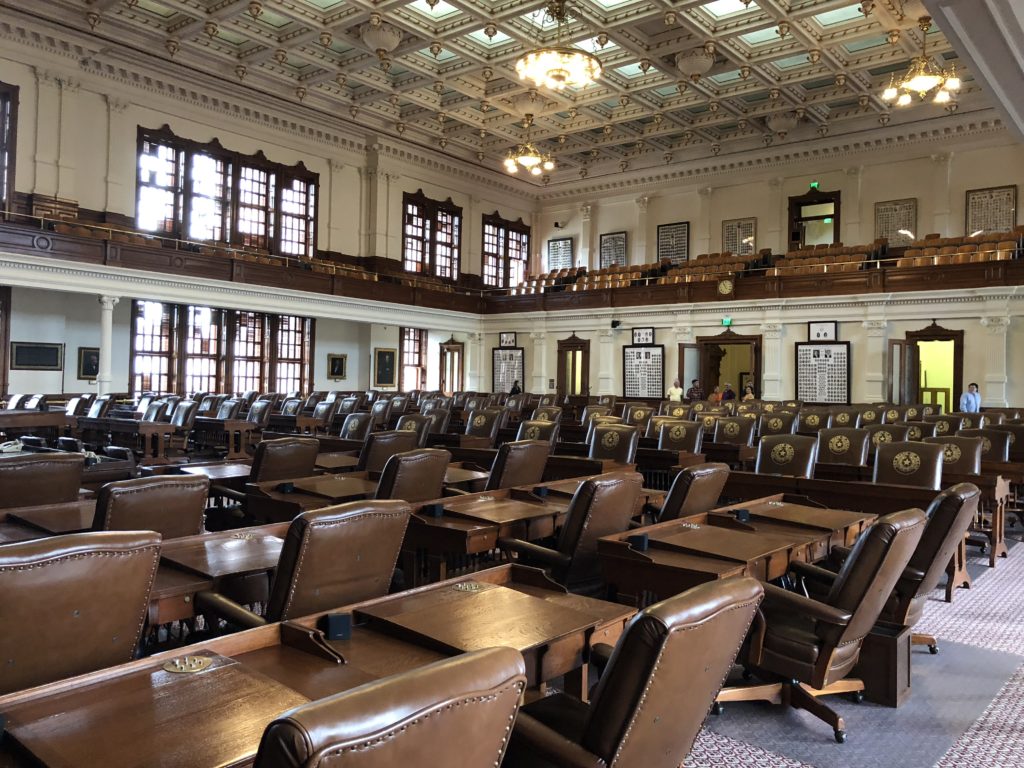
A lot of the artwork displayed in these chambers are of the Texas Revolution and its related heroes and heroines. The painting below depicts the surrender of Santa Anna after the Battle of San Jacinto.
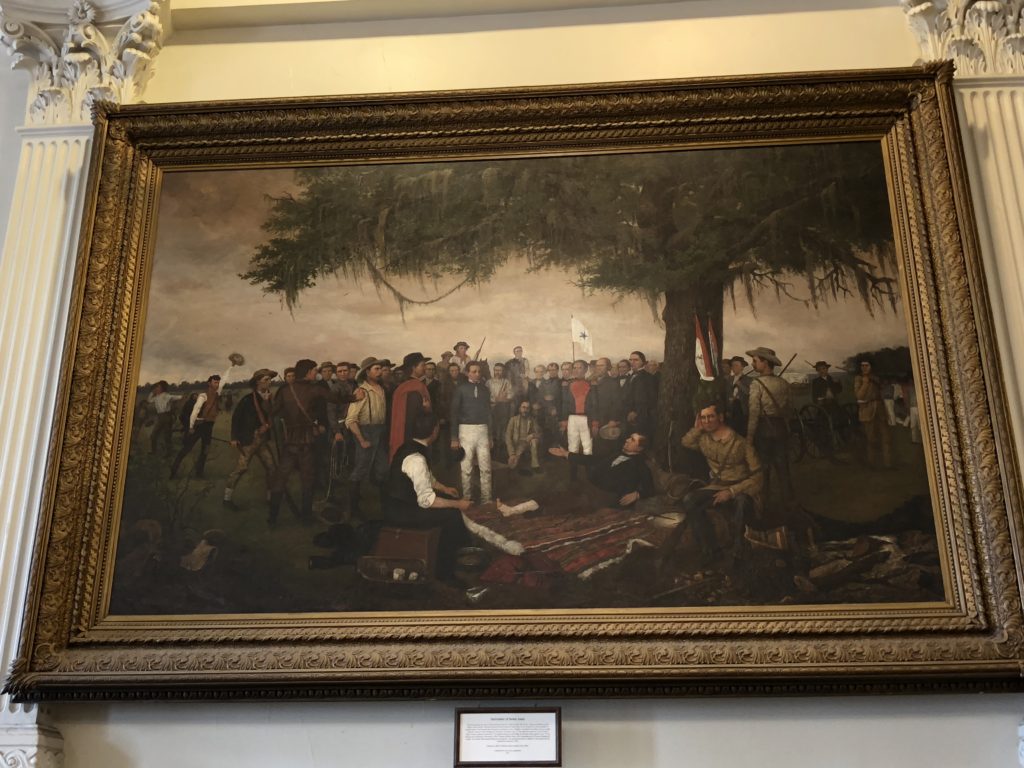
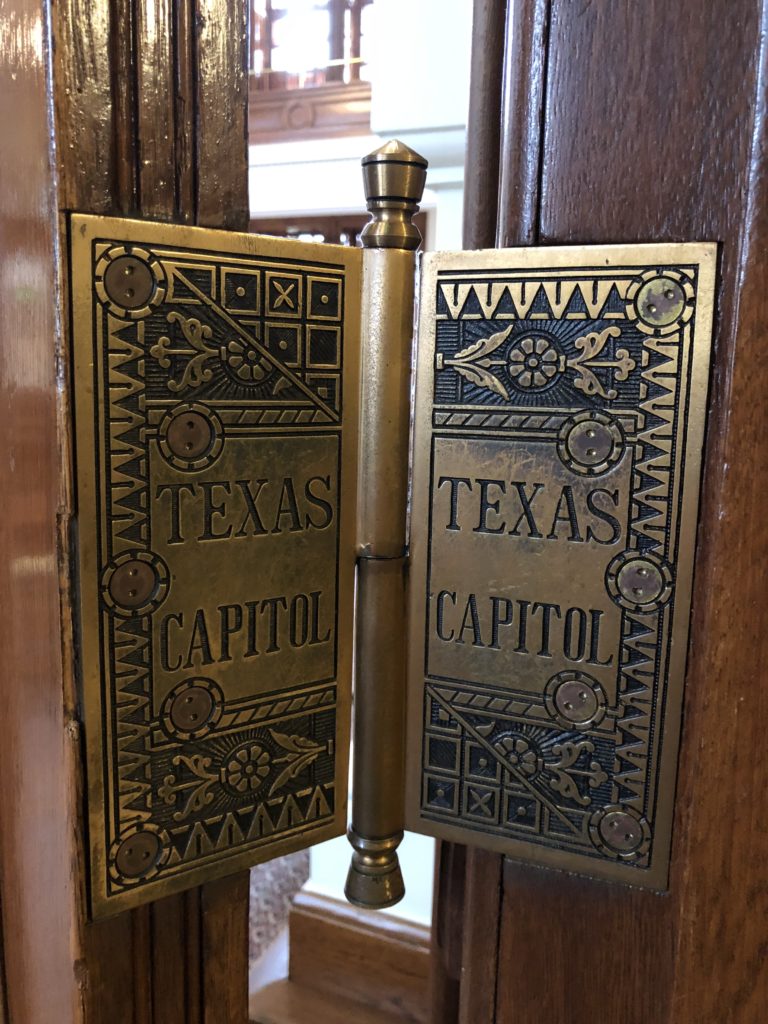
The Lone Star is on display everywhere, including on the state flag. It is apparently a symbol to remind all that Texas was its own sovereign nation in the past. As the second largest state (both in terms of population and size) with an economy that on its own steam would be the tenth largest globally, perhaps it is a reminder to the federal government to treat them with respect.
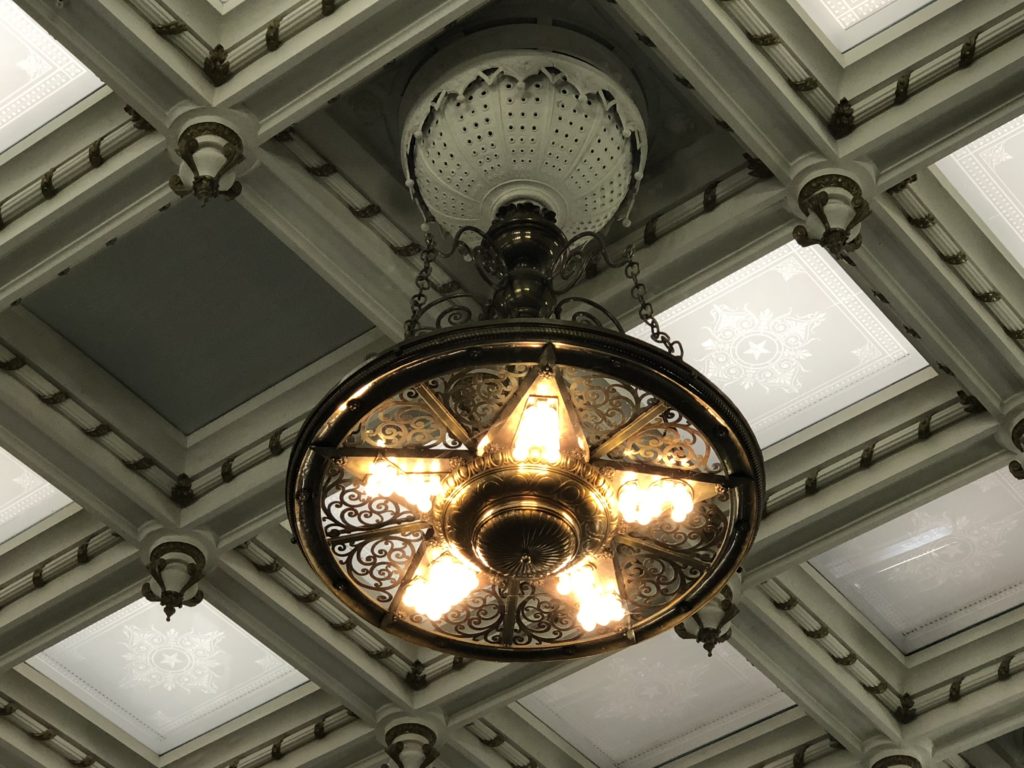
The Capitol grounds is full of statues and symbols of the state.
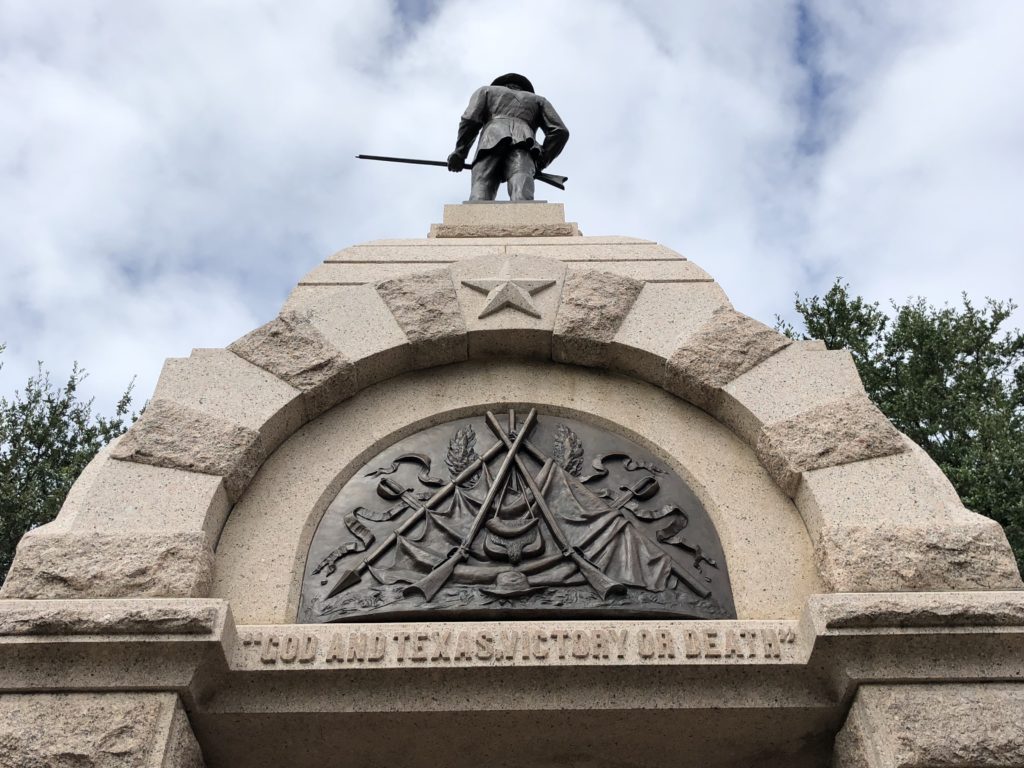
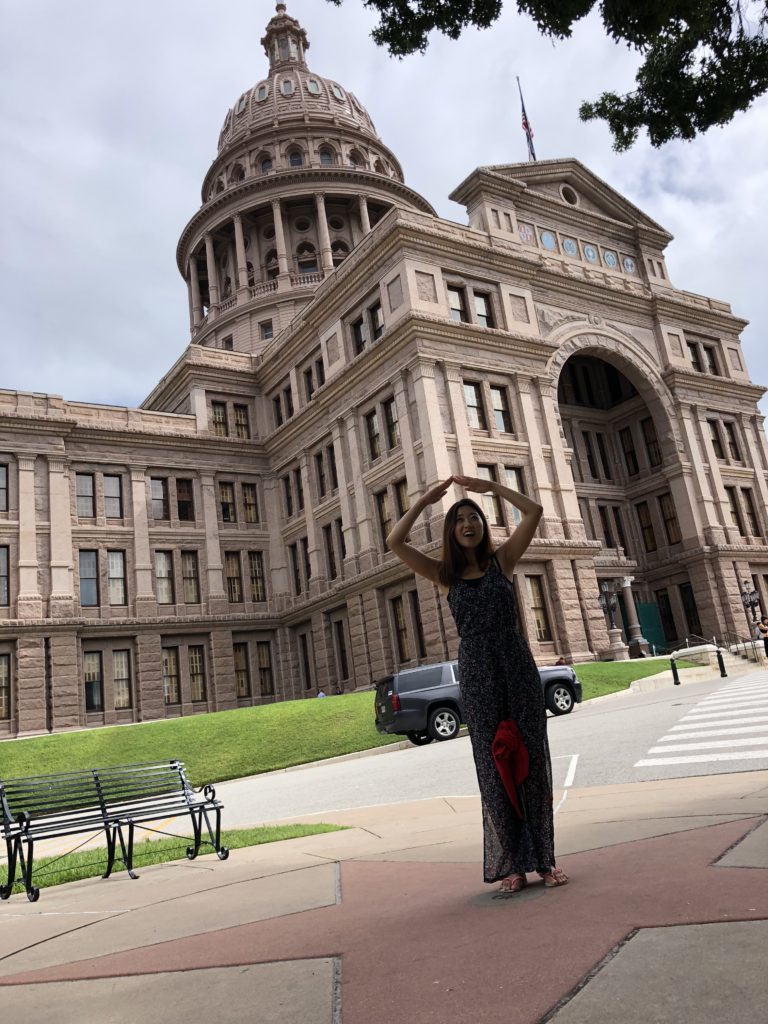
Feeling peckish, we headed off to the nearby Whole Foods Market. The hugely successful upmarket organic supermarket chain was founded in Austin around 1980. It grew into over 500 stores, often in prime downtown locations. It was an early leader in the organic and sustainable food trends, and while pricey, has an impressive range on offer. We arrived around lunch time and joined the throngs of office workers popping in for a quick healthy meal. Amazon bought the company in 2017 for nearly $14 billion – its first big step into offline retail.
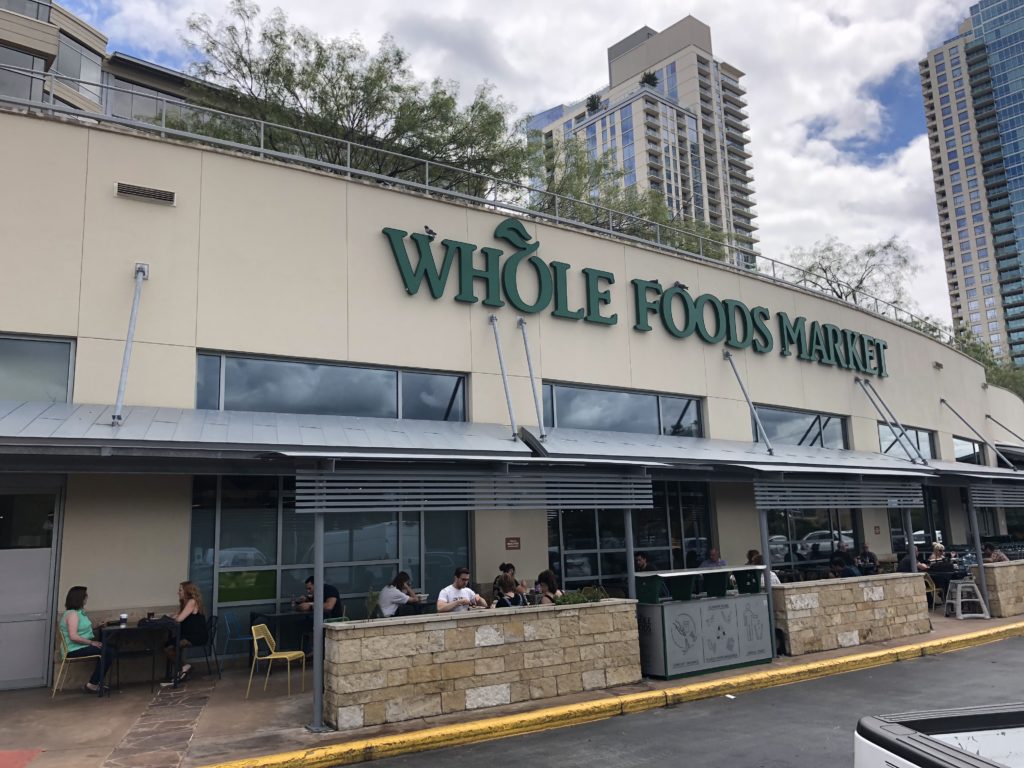

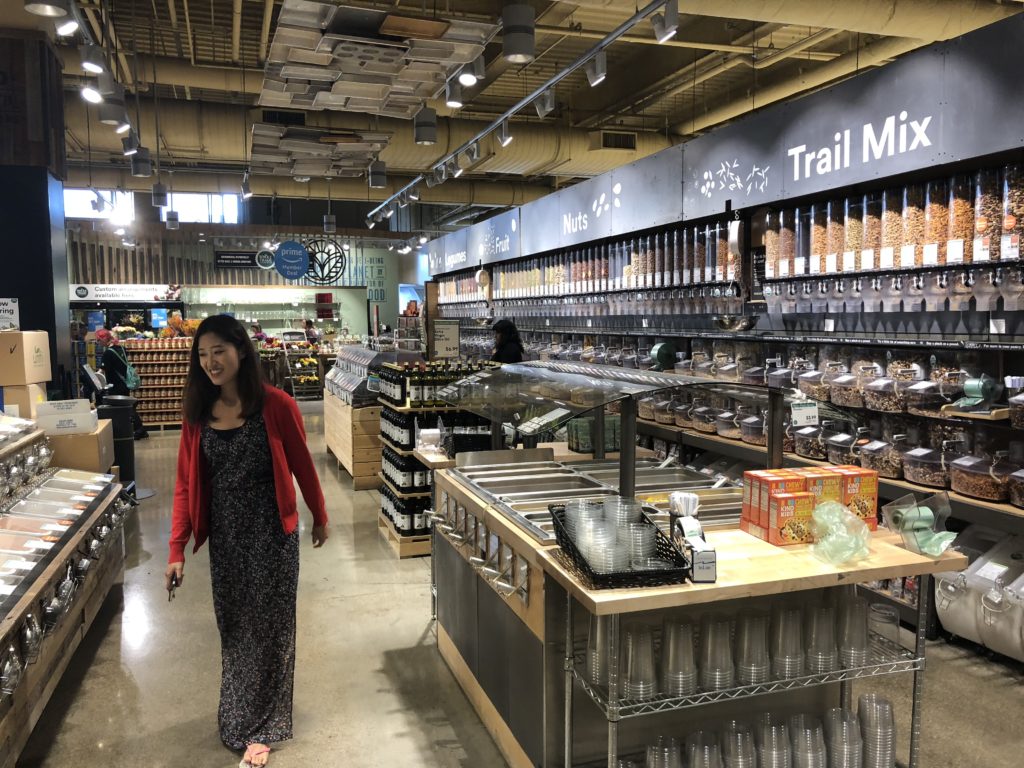
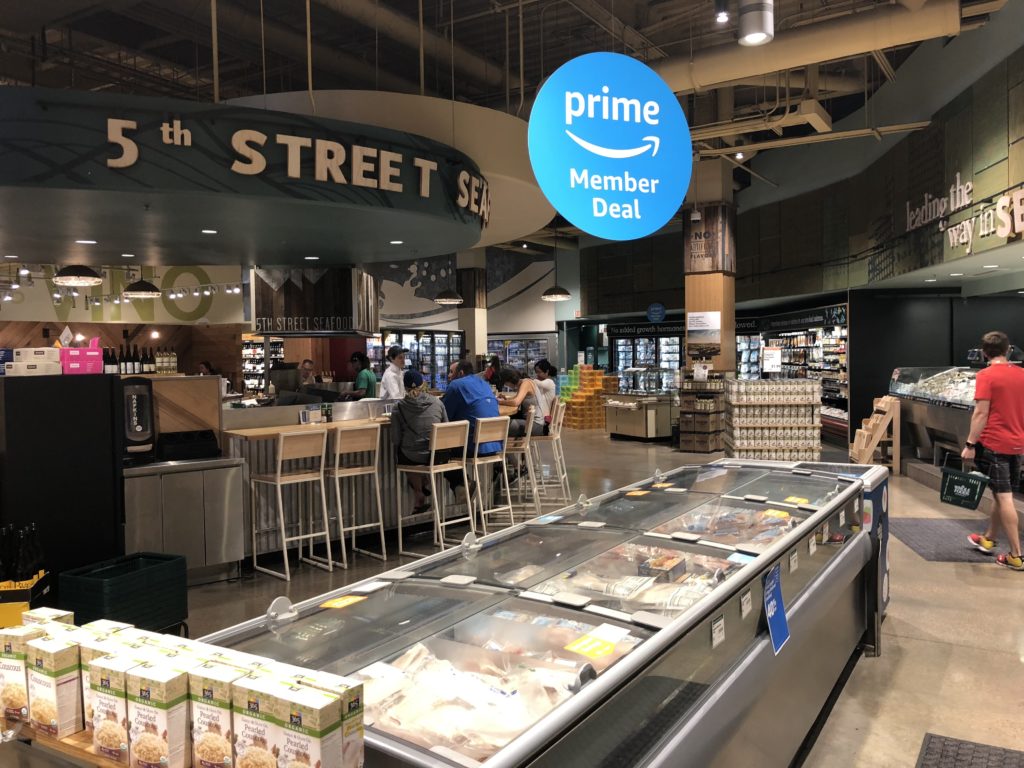
We followed this up with a stop at the legendary Amy’s Ice Creams, Waterloo Records & Video, and BookPeople.
We witnessed a bizarre phenomenon in Austin – the flight of the bats. Most evenings, a huge colony of bats departs from under the Congress Avenue Bridge. It’s become a major tourist attraction (perhaps the most bizarre part), and came highly recommended to us. We joined the masses to check it out and came away feeling fairly underwhelmed. We did begin to understand the relevance of Austin’s unofficial motto.
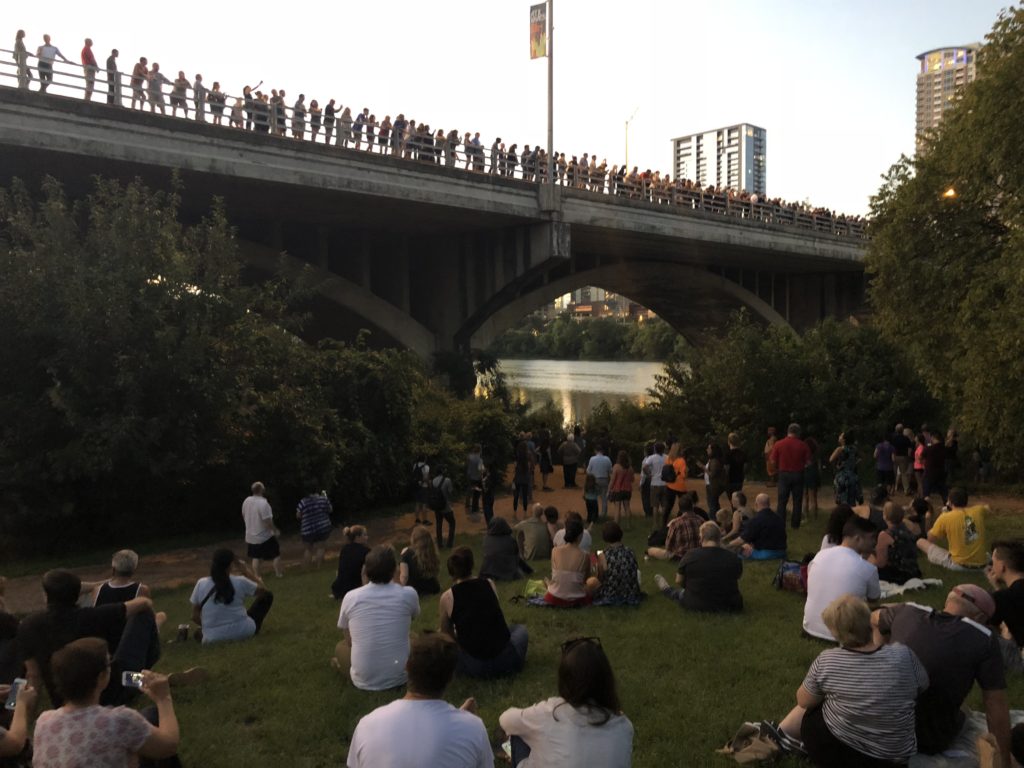
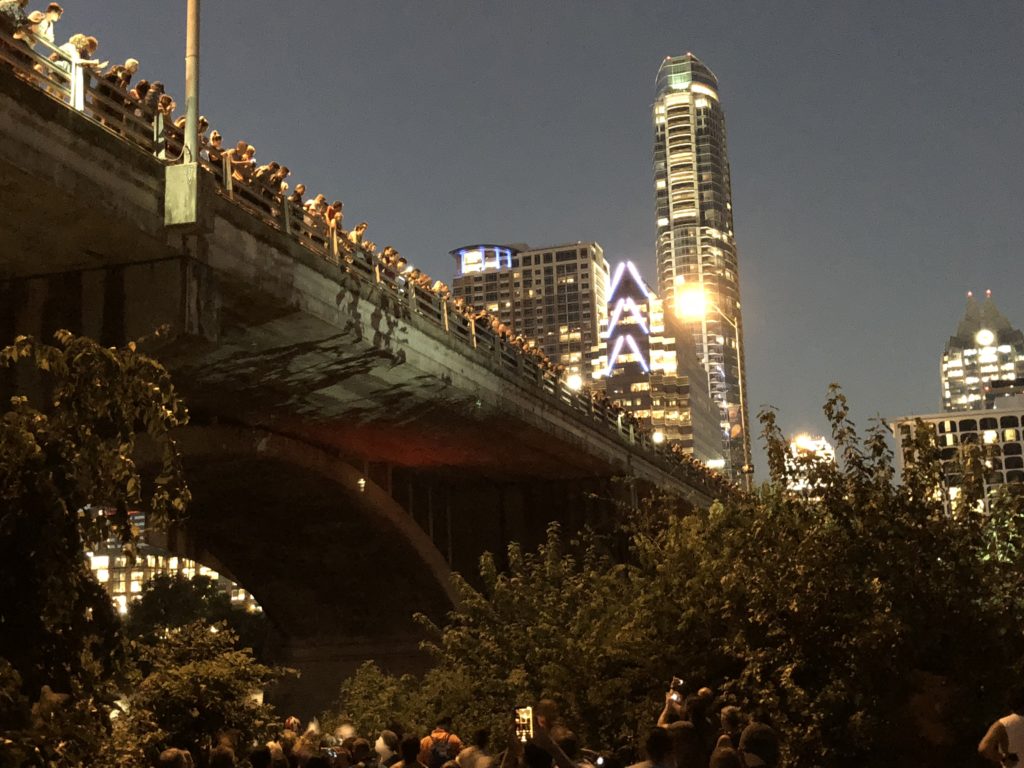
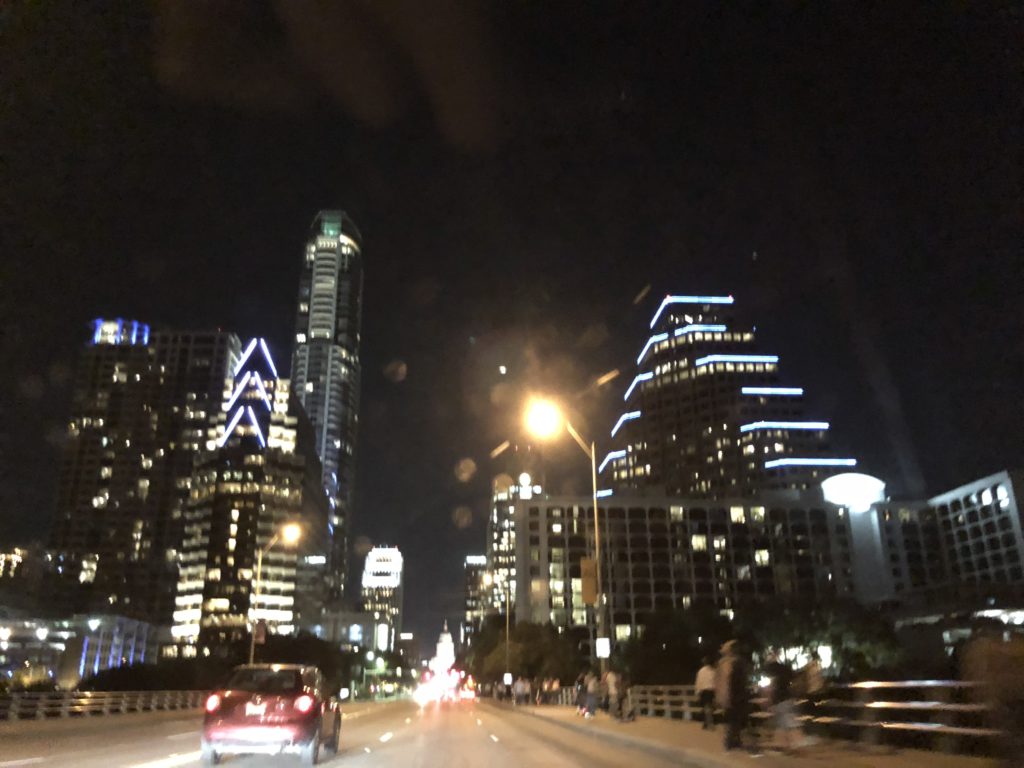
We also visited the University of Texas at Austin, or “UT Austin”, home to over 50,000 students. It dates back to 1883 and is the flagship university in the University of Texas System, which is made up of eight stand-alone universities and six medical schools spread across the state.
UT Austin is one of the Public Ivys, a very highly ranked university, with an impressive list of alumni. The main campus is on a huge stretch of land in downtown Austin. Below is the “Main Building” and the Littlefield Fountain.
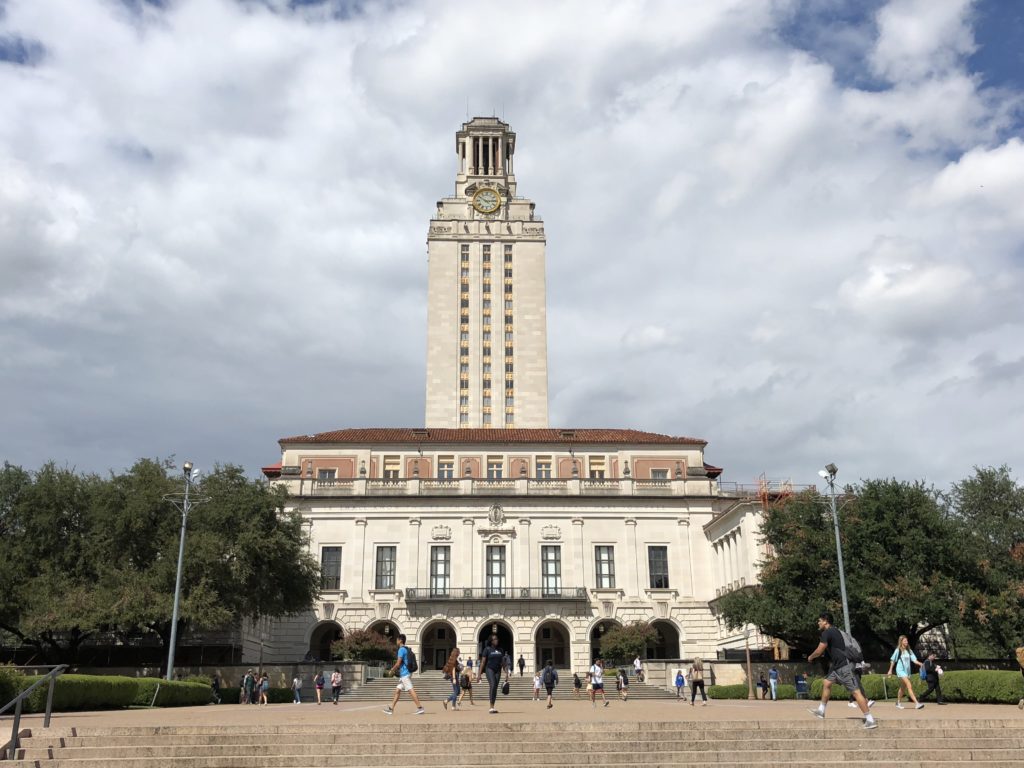

The university, among other things, helps feed the city’s big tech industry. Austin has a region known as “Silicon Hills”, home to some major semiconductor names. In fact, all the big tech US companies seem to have a reasonably large presence in the city. Another tech giant, Dell, was founded in the adjacent city of Round Rock by an UT Austin alumnus.
The university newspaper, The Daily Texan, had a story about renovations to the university’s DKR football stadium, home to the Longhorns. The amount of money spent on a renovation – $175 million – is quite incredible.
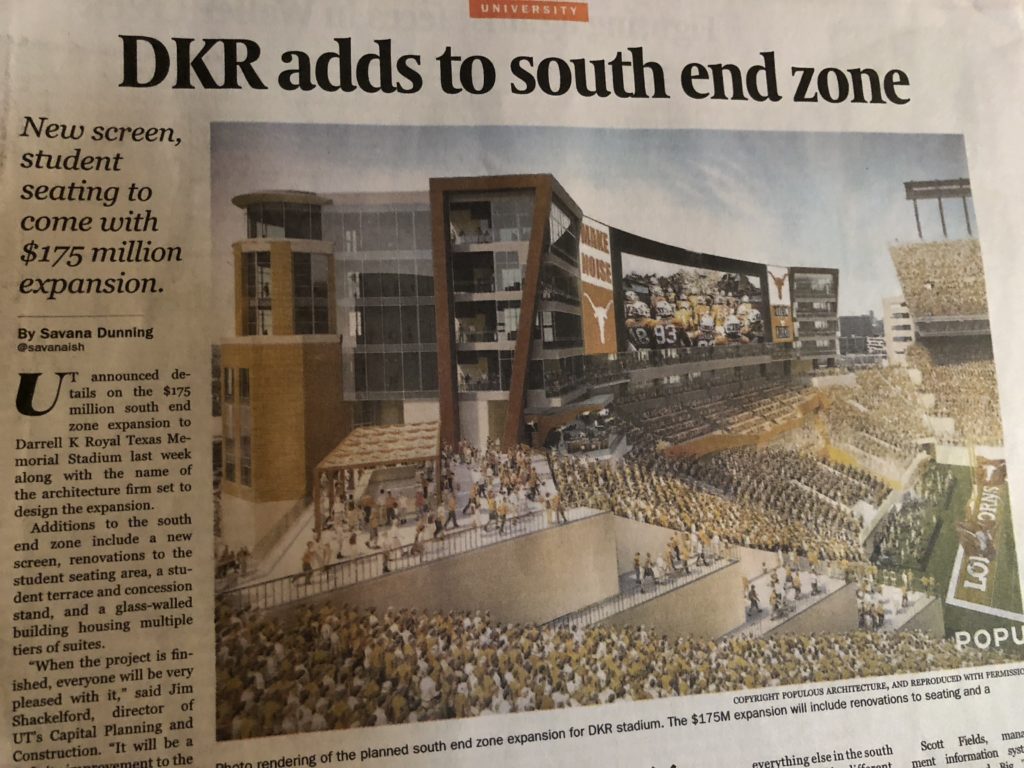
Austin was a special place for us. It seems to have a bit of everything – something for everyone. It is home to the Texas Capitol and all the related symbolism, but it is also alternative, progressive, and a little weird. We left the city with a good impression and a desire to return one day. Next stop on our journey, the house that oil built – Houston.

